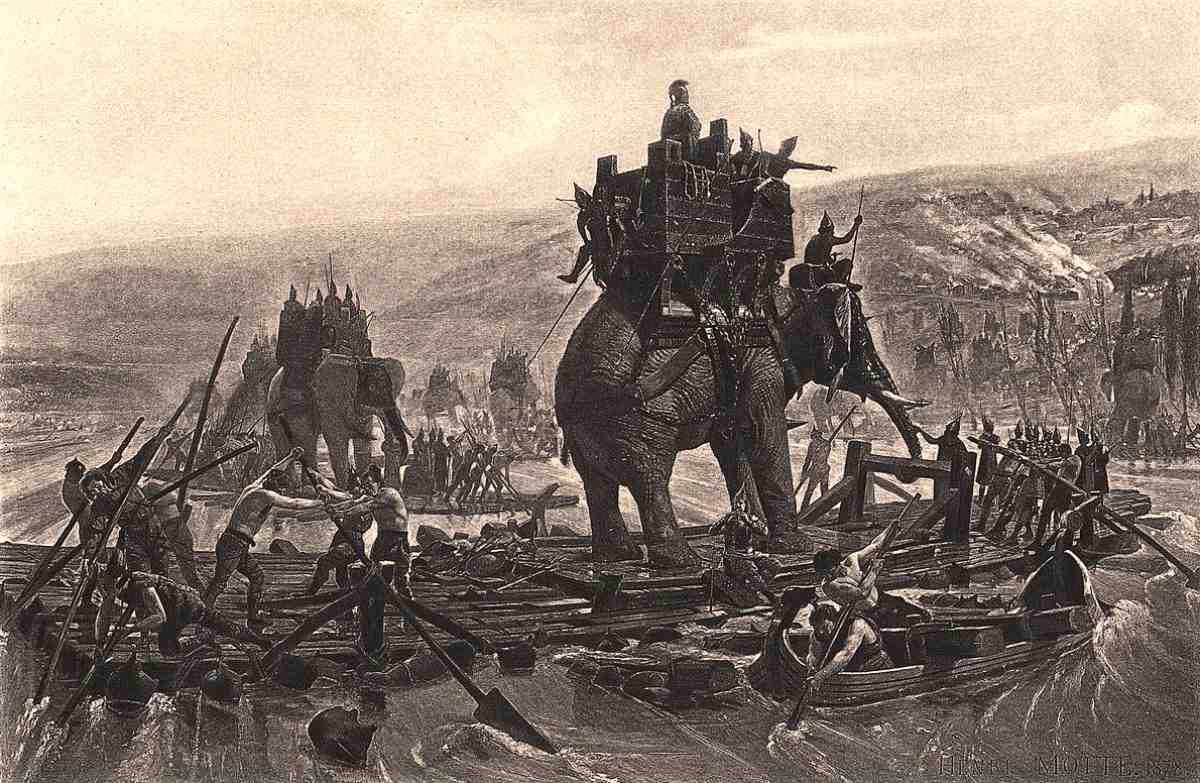Did Hannibal’s Elephants Carry Towers?
For the fancy depictions of Hannibal's war elephants with towers, Did Hannibal's elephants really carry towers?

For the fancy depictions of Hannibal's war elephants with towers, Did Hannibal's elephants really carry towers?

